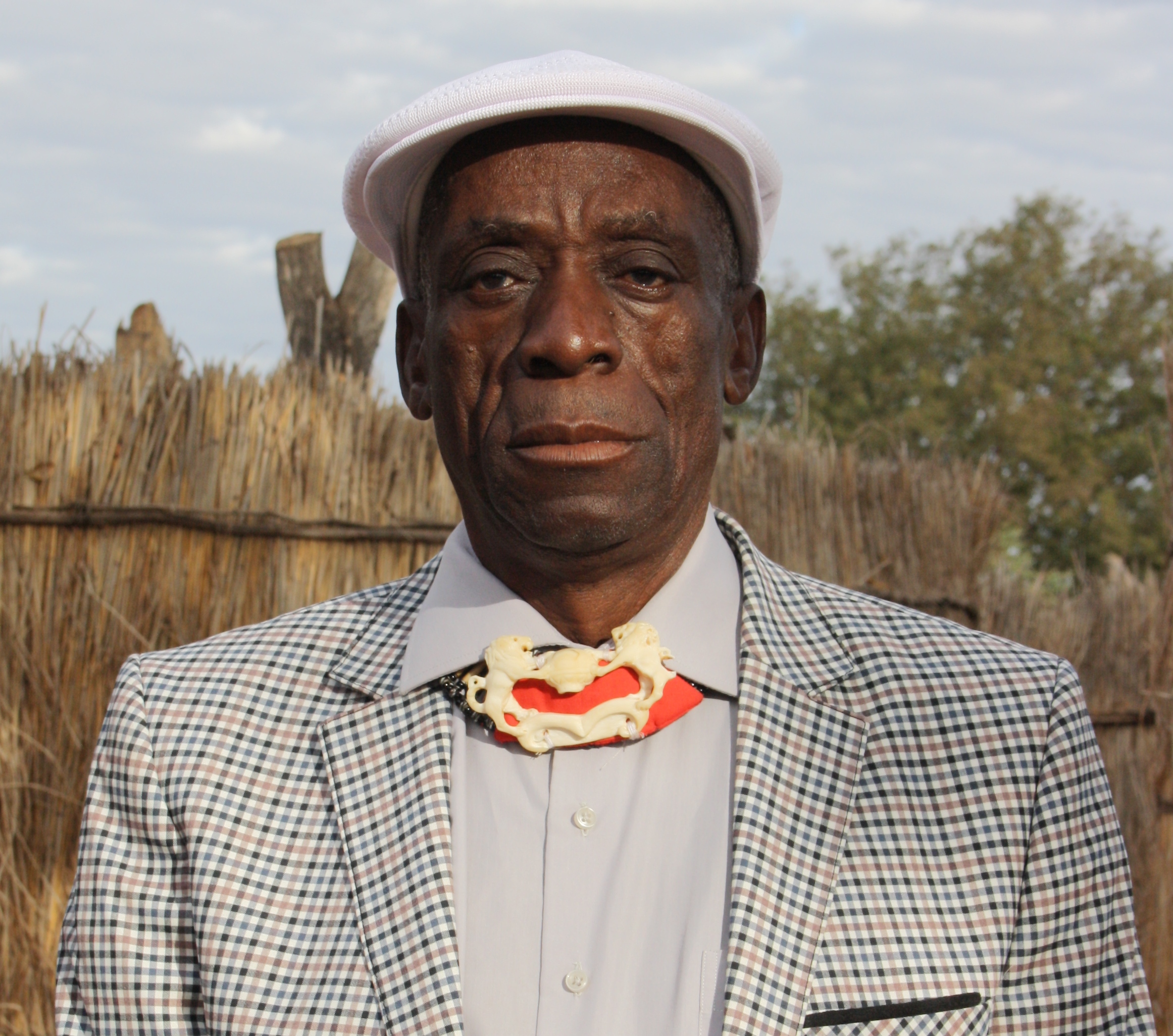The country with three psychiatrists
October 10, 2013Zambia is drinking itself into a coma
By Charles Mafa
It is estimated that one in every five people in Zambia is living with some form of mental illness.
This astonishing figure was first revealed back in 2005 when the World Health Organisation (WHO) estimated the prevalence of mental disorders to be at 20% of the population.
They went further and said that 6% to 10% of Zambians have severe mental disorders that need hospital care.
There has been no statistical analysis of the prevalence of mental health problems since then. However, it is a fact that mental healthcare has suffered probably more than any other branch of medicine in terms of funding, and the country is grappling to contain the problem. The Minister of Health, Dr Joseph Kasonde, has described mental health care as being “in a state requiring urgent attention”.
That being the case, the lack of recent data on the burden of mental disorders in Zambia raises questions about how successive governments, including the present one, have been planning for the sector.
Mental disorders come in a variety of shapes, sizes and seriousness. At the “top” they range from schizophrenia,or mania, that is marked by delusions, hallucinations and distorted perceptions of reality, down to less severe problems that usually do not need hospitalisation but nonetheless impair efficient functioning of an individual. These problemscan be triggered by difficult life events that might include illness, divorce, death of a loved one, losing a job, alcohol and other substance abuse, social expectations or a dysfunctional family life.
At the very top is alcohol abuse. William Phiri, principal clinical officer at ChainamaHills Hospital in Lusaka, says: “Out of the top 10 (mental disorders), the most ranking is alcohol induced psychiatric disorder…and this is countrywide. Alcohol is being consumed in all angles of this country and people are dying as a result of that.”
Chainama is the country’s only tertiary referral psychiatric hospital. It isoverburdened by patients seeking help. Health workers at the hospital say they admit more than 10 patients with severe mental health problems every day. This figure excludes those who come in to seek medical services on a daily basis but are not admitted. It is believed that sometimes the number goes beyond 120 patients a day. The total number of beds at Chainama is 210, excluding 167 floor beds which are not officially recognised by the Ministry of Health.
With a staff of only 15, the institution currently operates below 40% of the required establishment. Observers warn of a crisis, that Chainama is struggling to cope with increased numbers of patients.
“It is a huge crisis that we have in this country,” says Mr Phiri. “You’re going to see that we combine alcoholics with those who are schizophrenic – acute ones. We are supposed to have independent wards but we do this [combine patients]because of a lack of infrastructure.”
Dr Kasonde says: “For me I agree entirely that mental healthcare is in urgent need of reorganisation. Whether that is equal to crisis or not is maybe an issue of language which you [the writer] and others may wish to deal with.”
He did say, however, that the current mental health system is inadequate and does not promote the dignity and respect of people with mental and intellectual disabilities. “The structures were built like prisons,” he said, adding: “The entire system was acquired of course from our colonial masters. It was based on a system where you control a person who is violent or is behaving in what society would say is not normal.”
Treating mental illness has been a huge challenge in Zambia. Currently there are only three Zambian psychiatrists for the population of around 13 million. The reason for this is because until recently there was no local psychiatry training in Zambia. The majority of the patients have therefore been treated by clinical officers and nurses who are assisted by general staff.
In the absence of services to meet the mental health needs of Zambians, traditional healers and spiritual leaders play a crucial role in diagnosing and treating them, says Dr Venevivi Lekani, one of the first batch of seven doctors undergoingpsychiatric training locally. He explained that treatment for mental health at the primary healthcare level is either lacking or provided in a fragmented manner. His views are supported by Dr Nita Besa, another doctor undergoing local training in psychiatry, who will be graduating next year. She said it is a cause for concern that mental health at the primary level has been largely overlooked.
Dr Besa added that mental illness is treatable and many people can live quality lives after treatment. It is also widely agreed that treatment for mental illness is most effective when started early, but Dr Kasonde says “until we lay our foundation in the care of individuals’ mental [illness] from childhood to adulthood, we shall not catch people at the right time and prevent a lot of those admissions which are now showing up in hospitals”.
Budget cuts to the mental healthcare sector have driven down access to treatment for hundreds of people with mental illness. It is a fact that mental illness is not anywhere near being a priority sector for the Ministry of Health. In 2008, it was estimated that a paltry 0.38% of healthcare funding was directed towards mental illness.
To understand why the situation
remains bleak, the minister offered some history. “It has
consistently been underfunded… and in terms of priorities in the health sector,
about two, three years ago, it was number 12 on the list.” The “yellow book”
points out that in the 2013 national budget for instance, there is an
allocation of something over K203,000, and this represents a budget cut of more
than K48,000 from the 2012 approved expenditure of about K252,000. (The yellow book is a national
activity-based budget for a specified year. It outlines the estimates of
revenue and expenditure of government's line ministries, provinces and spending
agencies.)
One of the problems facing people with mental illness is that they are feared and stigmatised by society. To make matters worse, the majority do not receive treatment because they are embarrassed or afraid of being ostracised. This is partly because of the community and its prejudices about mental illness, where such an affliction is not viewed as a sickness.
Take the case of Ms Maria Tembo as an example. When the full horror of mental illness struck her, she was divorced and abandoned. She is now, at the ageof 32 and a mother of three, tucked away in Matero Aftercare Centre in Lusaka, six months after being discharged from Chainama Hills Hospital where she was receiving treatment.
“She was happily married. Upon having a mental breakdown, the husband divorced her,” explained Ms Chisala Mateyo, social welfare officer at the Matero Centre. “Now she is better. In her mind she believes she is still married to him. So she has since withdrawn, she is not working, she is not doing any basic effort to survive.”
Maria is lucky to have a place of recovery because many people, perhaps most, with mental illness receive no treatment and end up on the streets. A few rehabilitation centres not funded by the Ministry of Health are usually inadequate, and are located far away from patients. Matero Aftercare was built to offer rehabilitation services to people like Maria but the place is small and doubles as a home for the old and homeless people. The centre is managed by the Social Welfare Department of the Ministry of Community Development, Mother and Child Health. At the time of writing, there were more than 40 people residing there, some of them for the past 15 years.
“Our role for the mentally challenged is to provide psychosocial counselling. There is just my colleague and myself, and we have to deal with about 20 mentally challenged clients,” says Ms Mateyo. “We don’t have a specific number we look after because some people are left even by the gate… just dumped. So we admit at whichever hour or minute.”
Many people with mental illness, even those who have received treatment at Chainama, do not fully recover from their illness because places where they can continue to receive rehabilitation like Matero Aftercare are few in Zambia. In the absence of such services, the burden of care for people with mental illness falls on families, which can be a problem too far. It is also the case that treatment at various health institutions around the country is of poor quality.
“If we treat them…they feel better. We send them back to the community. But are we sorting out the problem?” asks Mr Phiri of Chainama Hospital. “No.”
Dr Kasonde’s proposal to deal with mental illness includes changing the law and overhauling the existing infrastructure. Legislation related to mental health care in Zambia dates back to 1951. The policy at that time discusses how the general population needs to be protected from the mentally ill but fails to mention basic human rights related to those living with mental illness.“We’re currently reviewing the Mental Health Act which dates back to 1951 and we should be submitting to Parliament a revision of the Act which will show some of these areas where controls were emphasised as opposed to care. So I think the legal framework is number one and we’re dealing with it.”
Dr Kasonde further explained that plans are under way to change the method of training psychiatric clinical officers who under the current system cannot progress to obtain degrees in their field. This has led to a brain drain among staff who are dissatisfied with their qualification.
Revamping the mental healthcare system will require adequate funding, but as the Minister pointed out, funding goes with priorities and mental health is way below the list of priorities in the health sector.
It may be of little comfort, but WHO says this is a global problem.“For instance, annual spending on mental health is less than US$0.25 (K1.3) per person in low-income countries, with 67% of thesefinancial resources allocated to stand-alone mental hospitals, despite their association with poor health outcomes and human rights violations,” reports WHO.
The agency recommends redirecting this funding towards community-based services such as the ones provided by Matero Aftercare Centre and the integration of mental health into general health care settings through maternal, sexual,reproductive and child health, HIV/AIDS and chronic non-communicable disease programmes. This, they say,wouldallow access to better and more cost-effective interventions for many more people.
Back at Matero Aftercare, there seems to be a lot of work ahead but Ms Mateyo and her team have a sense of duty in a country where “many services are failing the poor”. The task facing them in attending to everyone’s needs is enormous, especially since the facilities need a drastic overhaul.
“It would be an advantage for the institution to employ a nurse or doctor to cater for the medical needs that the clients have because anything can happen at any time,” says MsMateyo. “There is also need for someone to be providing spiritual support to the people here on a daily basis.”
As for Ms Maria Tembo, all she can remember is that her husband was upset with her because she was admitted to Chainama Hospital. “My husband is not happy with me because I was admitted at Chainama,” she said in her local dialect. She will soon be leaving the centre to be reunited with her relatives in Eastern Province, and she will be empowered with some funds from Matero Aftercare Centre to pursue the skill of her choice.
See this and other stories in the October edition of the Bulletin and Record Magazine
Maria Tembo’s real name has been withheld
Posted by Charles Mafa. Posted In : Health




